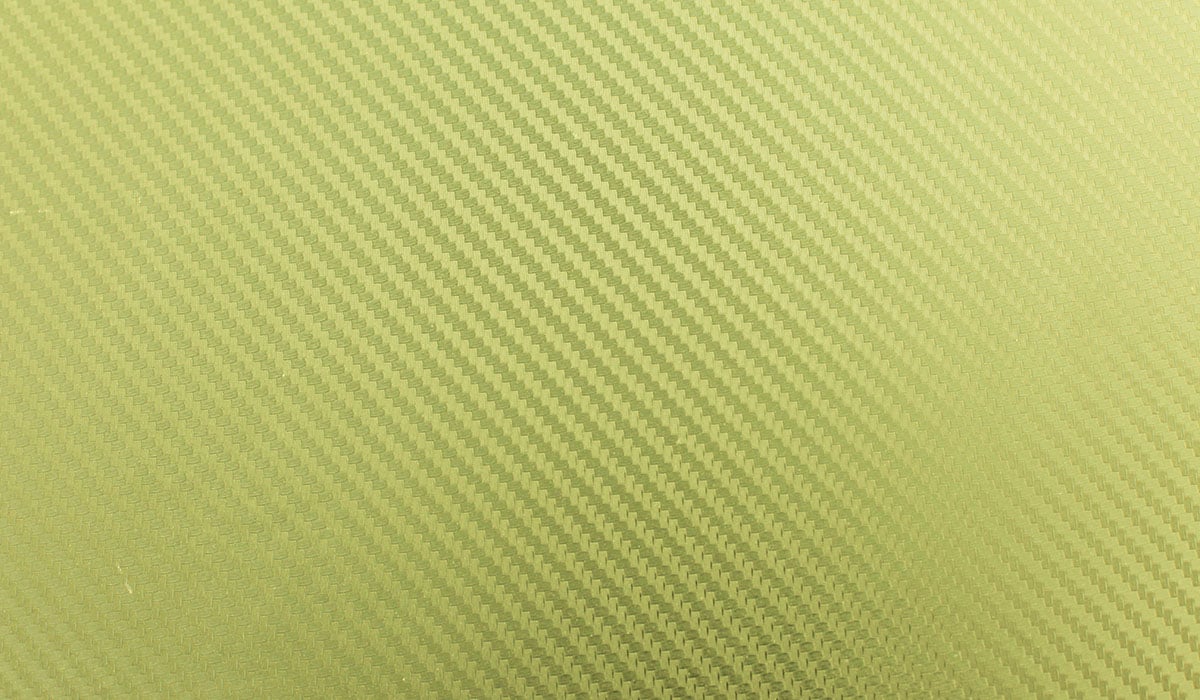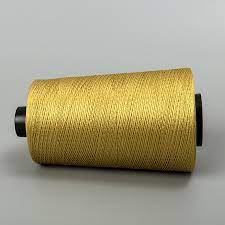Aramid fiber is the abbreviation of aromatic polyamide fiber. There are two main types: one is polyparaphenylene terephthalamide (PPDA) fiber, such as Kevlar-49 of DuPont in the United States, TwaronHM of Enka in the Netherlands, China’s aramid 1414, etc.; the other is polyparabenamide (PBA) fibers, such as Kevlar-29, aramid 14, etc. Kevlar-49 is an organic fiber that was successfully developed by DuPont in the United States in the late 1960s and commercialized in the 1970s. This is a new type of material with excellent properties such as high strength, high modulus, high temperature resistance, and low density. Kevlar-49 fibers are mainly used in composite materials such as aviation, aerospace, shipbuilding, medical equipment and sporting goods. Due to its excellent performance and the particularity of the application range, the application field will continue to be promoted.
The mechanical properties of aramid fiber are different from other organic fibers, its tensile strength and initial modulus are high, but its elongation is low. Aramid fiber has excellent mechanical properties among organic fibers. The molecular chain of aramid is composed of benzene rings and amide groups arranged according to certain rules. The positions of the amide groups are all in the straight position of the benzene ring, so this polymer has good regularity, resulting in a high degree of crystallinity of the aramid fiber. This rigid aggregated molecular chain is highly oriented in the fiber axis, and the hydrogen atoms on the molecular chain will combine with the carbonyl groups of the amide pairs on other molecular chains to form hydrogen bonds, forming a horizontal connection between polymer molecules.
It can also be seen that Kevlar-49 and Kevlar 1414 composites have significant advantages over glass fiber reinforced composites in terms of density and strength. In addition, when testing Kevlar-49 and Kevlar 1414 unidirectional composites in tension, the stress-strain curves before fracture obtained are straight lines, but in compression tests, they are elastic at low stresses, and they are elastic at high stresses. It is plasticity. The unique compressive properties of Kevlar-49 and aramid fiber 1414 composite materials are very similar to the toughness of metals, and have certain application significance under certain conditions.
Aramid fibers and other organic fibers are as easy to weave into various fabrics as glass fibers. The use of these fabrics brings great convenience to the molding process of composite materials, and aramid staple fibers are mainly used to reinforce thermoplastic composites to improve the breaking strength of thermoplastic composites. Short fiber reinforced thermoplastic composites are mainly due to the extraction of short fibers from the matrix material. When the fiber content is relatively small, the ductile matrix can be made into a tough composite material. When the fiber content increases, the toughness of the composite increases accordingly. According to data reports, when the matrix material contains 20% aramid fiber, the mechanical properties of the composite material can be significantly improved.
The compressive performance of aramid composites is poor, about half that of glass fiber composites. If another fiber is added to make a hybrid composite material, its compressive performance can be significantly improved. Since the thermal expansion coefficients of aramid fibers and carbon fibers are very close, these two fibers are especially suitable for mixing in different proportions. The composite material mixed with aramid fiber and graphite can overcome the main disadvantages of expensive graphite composite materials and sudden fracture due to poor toughness. The mixed use of aramid fiber and glass fiber can overcome the disadvantage of poor rigidity of glass fiber composite materials. When encountering special purposes, there are many ways to mix and use composite materials, which can be reasonably matched according to the requirements of use.
In addition, the mixing of aramid fiber with carbon, boron and other high modulus fibers can obtain the compressive strength required for the application structure, and its unique performance is unmatched by other fiber reinforced materials. For example, a hybrid material composed of 50% aramid fiber and 50% high-strength carbon fiber and epoxy resin has a bending strength of more than 620MPa. The impact strength of the hybrid composite material is about 2 times that of the high-strength carbon fiber used alone. If the high-modulus graphite fiber is used in combination, the impact strength will be greatly improved.
Post time: Jul-03-2023


